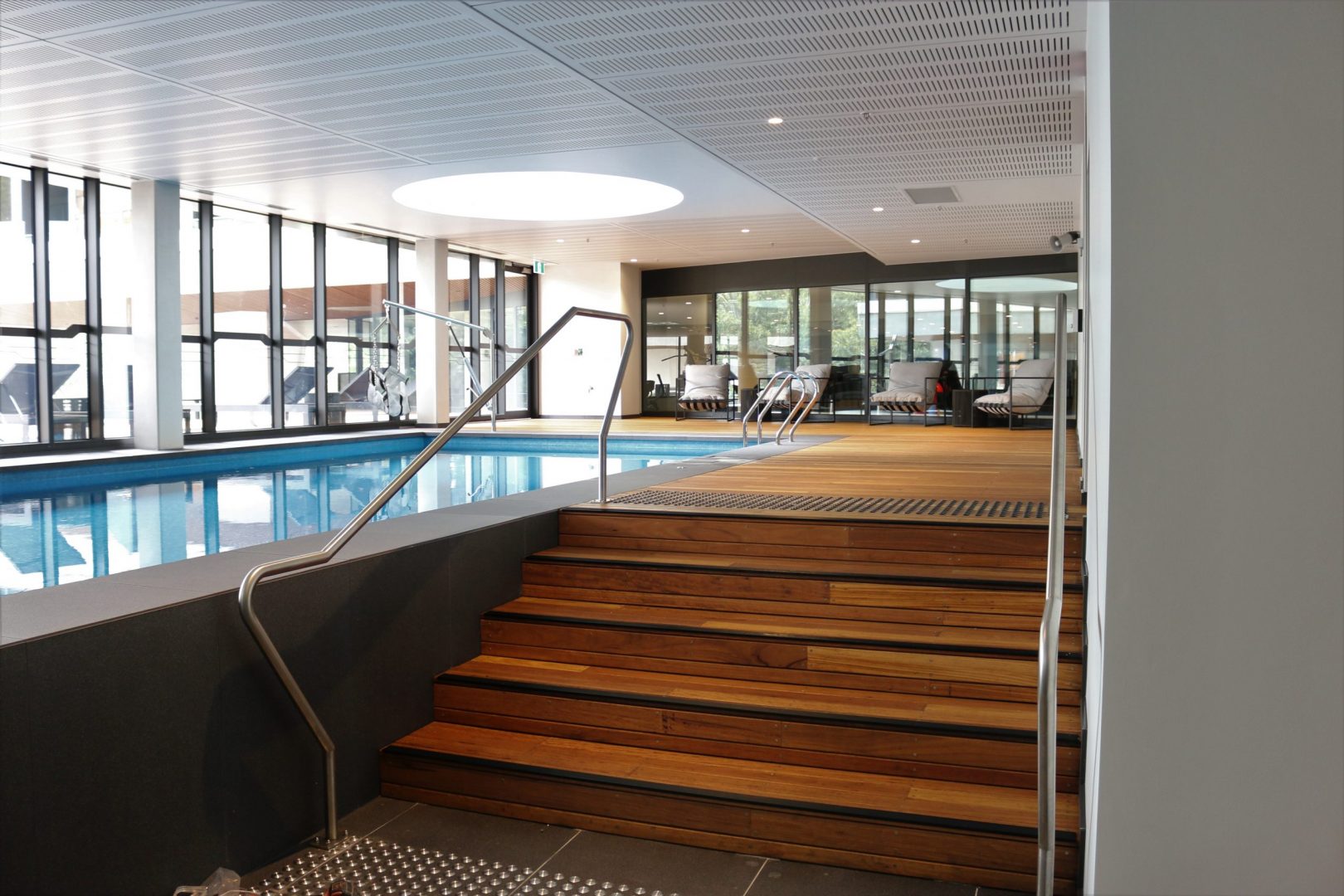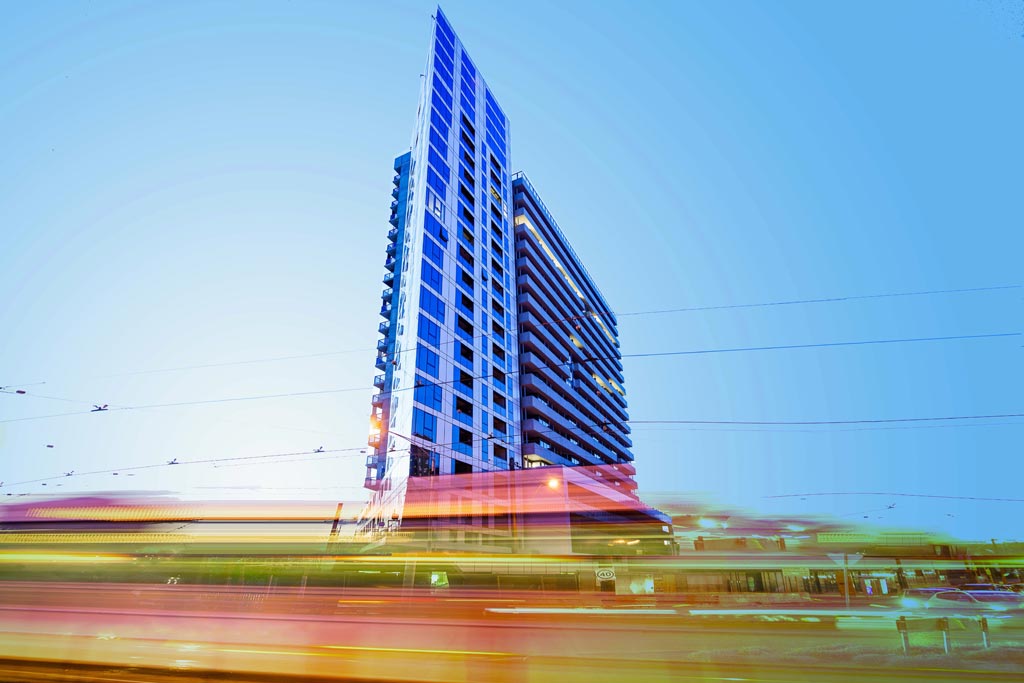
Unlike ever before, building owners now have multiple choices when considering a roofing system. But, with the plethora of options that are available, picking the right type of roofing system material can be a difficult task. Lucky for you, below are specific roofing materials that may be best suited for your commercial and industrial building projects. Before you know it, you’ll be able to make your purchase and get the project rolling.
Considerations About Roof Type for Commercial and Industrial Building Projects
Before selecting your roof, you need to consider a few things. For starters, you need to have a budget in mind. Roof systems come in a range of prices, so you need to have a plan in place. You also need to consider what you want out of your roof. Some roofs do the bare minimum while others will serve you well for decades.
For example, if you live in a snowy climate, you’ll need a material that can handle the elements. Will it puncture due to hail or falling debris? Is it prone to shrinking or cracking? You need to know. If you live in a warm area, snow isn’t a concern, but saving money on you air conditioning might be. Not all roofing materials offer energy savings, and some do it better than others. Knowing the basics will make conversation easier when you contact a qualified commercial roofer. By having a little background knowledge, you’ll be better prepared to understand your contractor’s quote and material suggestions.
Metal
Metal is regular for low incline roof and the boards are clearly amazing water hindrances (The individual boards themselves can hold the heaviness of an individual, and when appropriately introduced, metal roofing frameworks can last 50+ years.
Asphalt
Contained a similar material used to make asphalt shingles, asphalt roofing is regularly observed on low incline roofs. This type of roof framework is frequently one of the most practical, and offers multi-layer assurance. It might be simpler to discover qualified commercial roofing contractors to introduce this specific material, also, since it is generally accessible and has been used for decades.
EPDM
EPDM stands for Ethylene Propylene Diene Terpolymer and it’s all the more usually known as elastic roofing. This type of roofing’s engineered material is regularly one of the most financially savvy roofing options if it’s suitable for the roof structure. It’s best for roofs with a no incline or a low slant. The drawback to this style is its sturdiness. Temperatures may influence cements used to bond the creases, while flotsam and jetsam or significant storms (of different types — figure hail) can cut the material. While harms are genuinely simple to fix, the water harm that can result from tears, breaks and gaps may not be.
TPO
TPO, or Thermoplastic Polyolefin, is like an EPDM roof in several different ways. Like the EPDM roof, ethylene propylene elastic goes into TPO, yet it’s joined with polyprophylene elastic too to give it expanded sturdiness. The item is normally introduced in a completely followed or precisely connected framework, and since the creases are heat-welded. TPO is less inclined to crease spills.
PVC
Polyvinyl Chloride roofing is notable for its solidness and is included two layers of PVC material with a polyester reinforcement layer included the center. Creases are heat welded, making a changeless bond between each sheet, adding to the quality and adaptability of this type of material. This specific material is profoundly impervious to natural conditions and reacts well to potential dangers like standing water, plant development or sogginess
View our profile on ICN Gateway
Search for “domestic construction”. 













